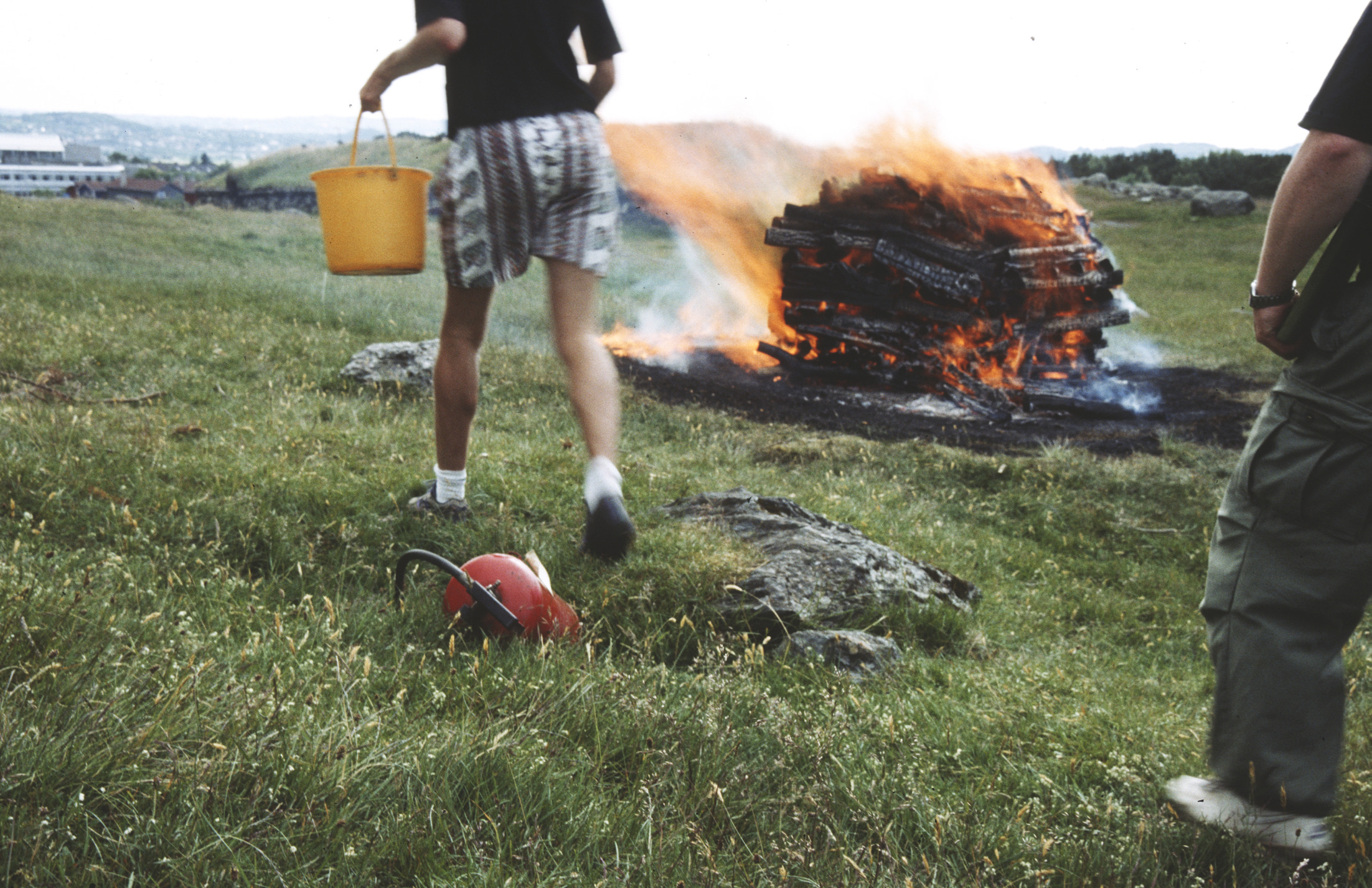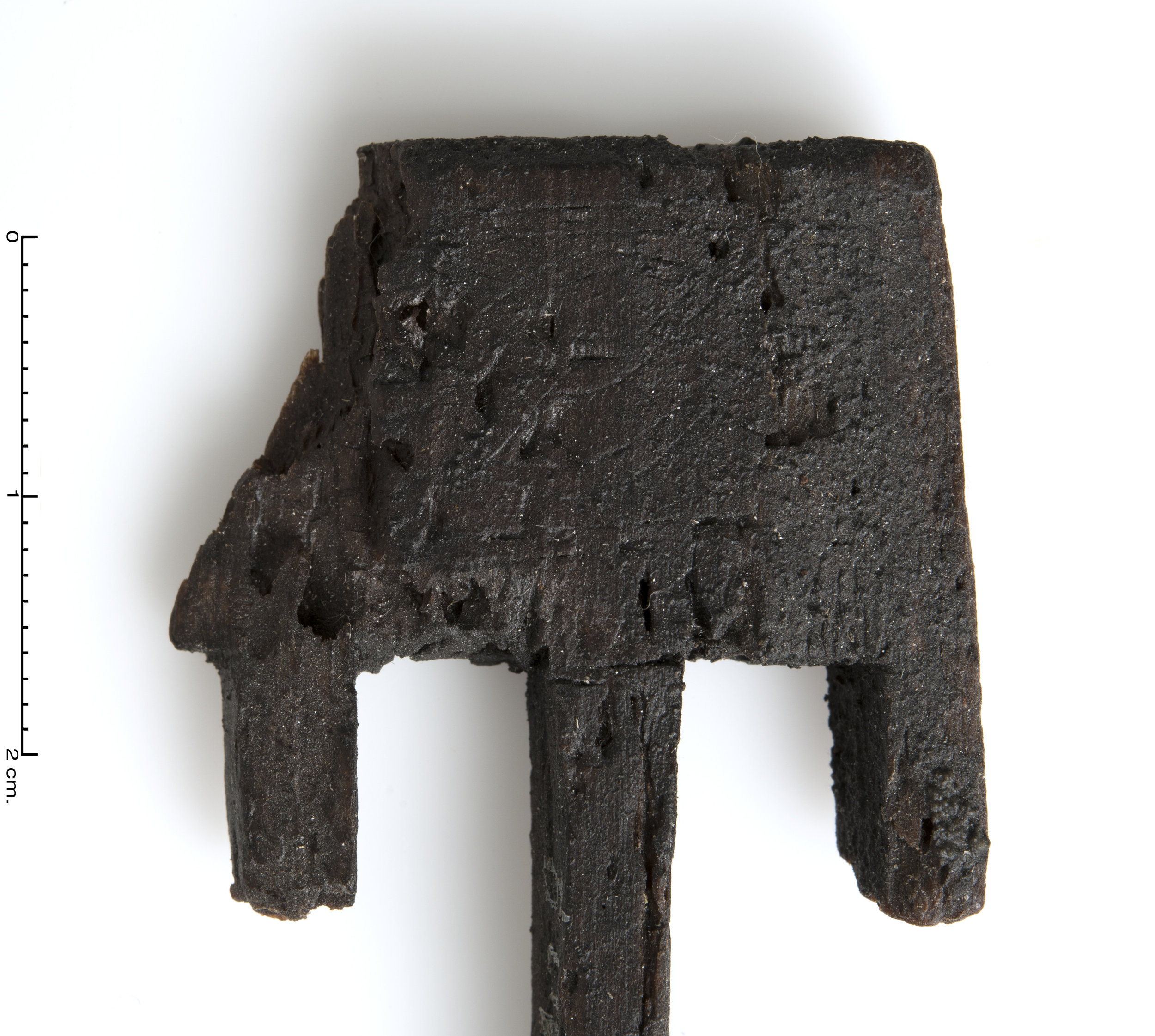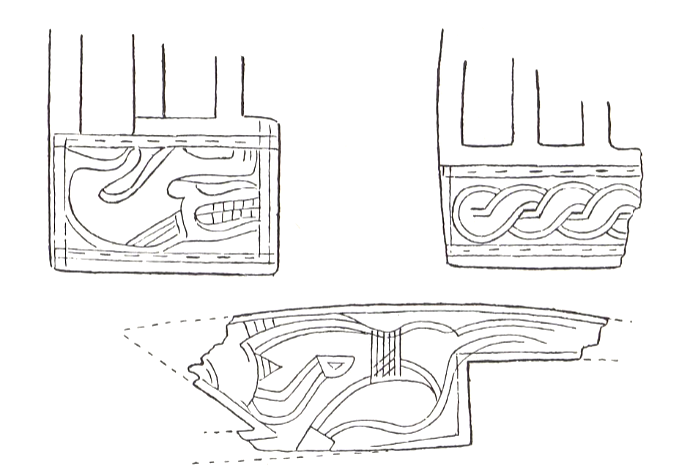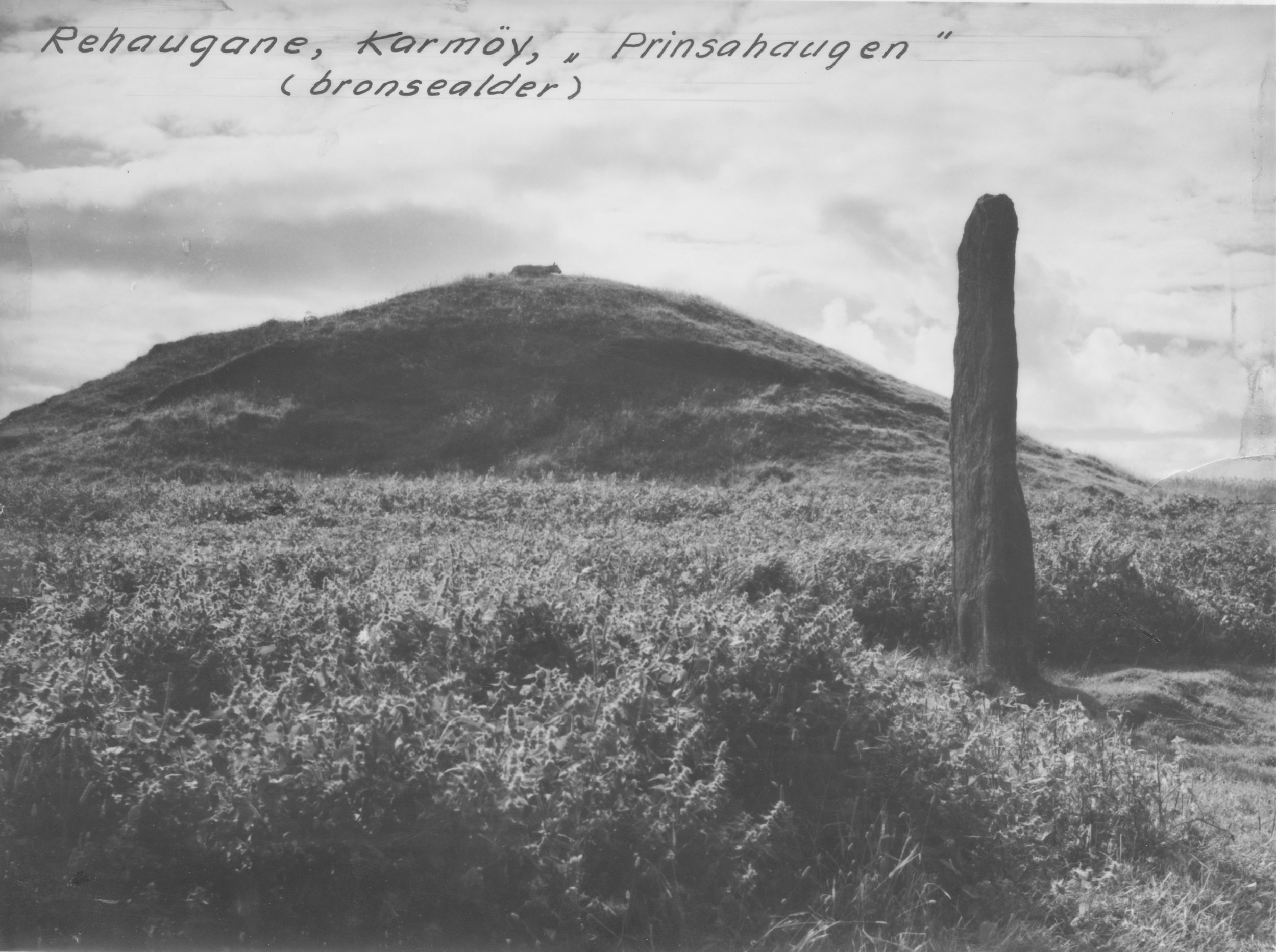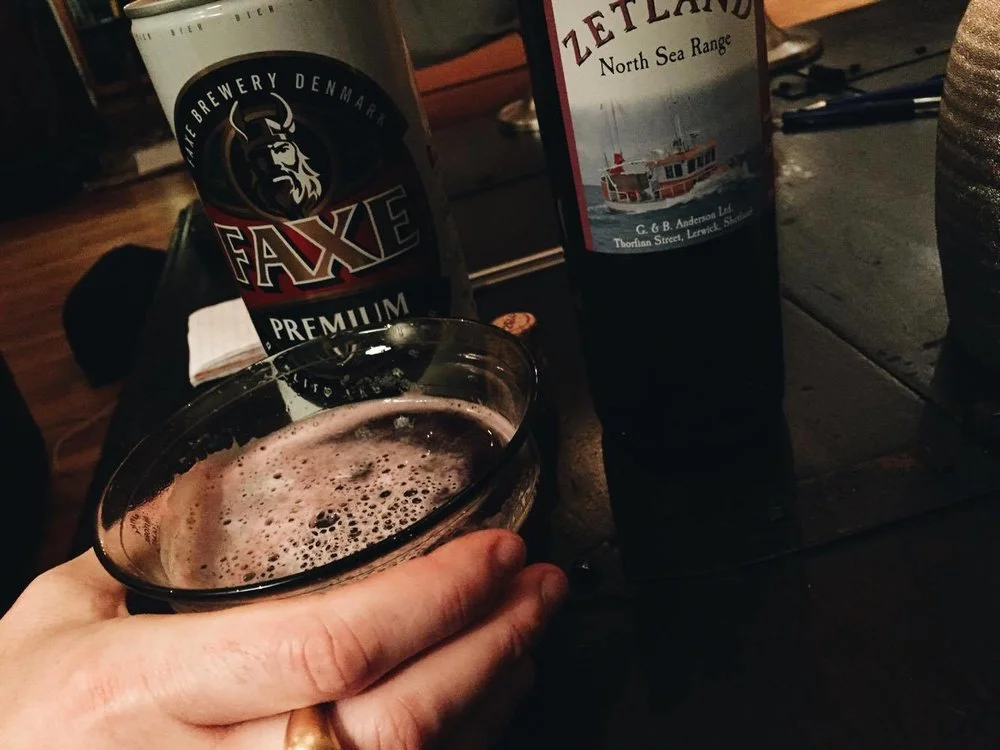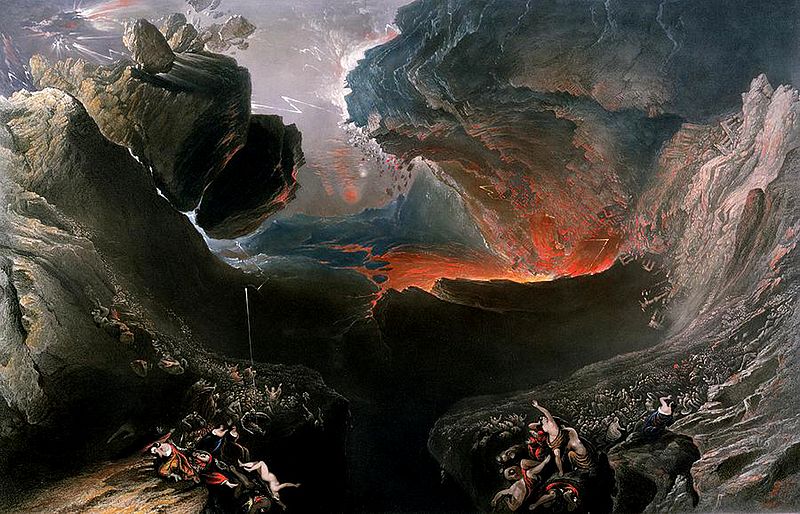From Bog Myrtle to Hops: Ethnobotanical fragments from the history of Nordic beer brewing
/Jag haver så ont i huvud,
jag gitter ej lemman rört,
jag haver druckit det starke porsöl,
som är ifrån Dalarna fört.
I’ve such a pain my head,
I can’t bother the limbs to move,
I’ve drunk the strong bog myrtle ale
that the Dalecarlians brew.
— Gustav Vasa och dalkarlarna, Swedish folk song
If you’ve ever walked a crooked mile along the beaches and lakes of Scandinavia, the British Isles, and the Baltic, and found that the air around you seemed saturated with a peculiar spiced, gassy herbal fragrance, then chances are you’ve had the joy of stumbling across the myrica gale, a green leafed shrub that thrives in wet, sandy, and acidic soils along the shores and marshes of Northern Europe.
Many know it by one of its English names, bog myrtle or sweet gale, while Scandinavians tend to know it by some variant of the same name as the vikings knew it, which was pors. Bog myrtle has a number of wonderful uses. Not only has it lent its sweet and distinct bitter flavor to distilled spirits for centuries, it was a common sight in the farmer’s brewing kettle for millennia before that. It is among the oldest documented additives of European prehistoric beer brewing, and is widely assumed to have been the most popular flavoring agent in beer before hops rose to prominence in the Medieval and Early Modern Periods. It has antiseptic properties, and apparently works as a repellent against mosquitoes, moths, and other pests. It is useful for plant dyeing, where it leaves a wonderful shade of yellow. It makes a bitter tea, and a wonderful scent when used as incense. A sprig can be used much like a bay leaf, and a pinch of leaves works well in gravy and game stew.
I used to have a nice little bog myrtle patch right below my house. People might often see me stalking the marsh in the morning dew of the early summer, cutting myrtle by the shrub, sometimes rubbing leaves in my face when the gnats got too nosy, huffing its gaseous bouquet as I went. On infrequent, but usually spontaneous nature hikes I would make it my express goal to seek out places where the bog myrtle might grow. Finding a new “porsbrot” (Old Norse, “bog myrtle foraging spot” - literally “bog myrtle quarry”) was always a great delight.
My enthusiasm for this plant is so unbridled that I had to downsize my foraging not to de-shrub that patch beneath my house. Hurt by past losses I always tried to forage from different sites, ever since vandals from a local charity razed my oldest foraging spot to make room for an eyesore of a gazebo. Apparently to facilitate public access to “nature experiences” as Norwegians like to call their glorified dog walks. Luckily it’s so abundant that irreverence and ignorance are its main concern. That does not hurt the bog myrtle, but the many who pass it by without realizing the ancient treasure it represents. Many are unaware, some keep their distance. It remains a dangerous outlaw of a plant among some individuals. Not because it’s a weed, either. It is in fact very picky about its turf, wild and resistant to domestication.
Jeg vandrer opad den mosgrå stenvei
Hvor veien slutter, begynder lyngen.
Og her gror brisken, og her dufter porsen.
Her hører jeg til, og her har jeg hjemme,
og hjertet blir stille som sundet mod kveld.
Og intetsteds længes mit sind tilbage,
og intet menneske her jeg savner."
I wander along the moss grey stone path.
Where way ends begins the heather,
and here grows the juniper, and whiffs the sweet gale.
Here I belong, and here is my home,
the heart grows silent as the strait at dusk.
And nowhere does my mind yearn back,
and no person here do I miss.
— Vilhelm Krag, Yachten. Sange fra min ø (1918).
Under various vernacular names, myrica gale was the king of beer additives Northern European prehistory up until at least the middle ages, and in certain areas much later. It has fallen quite from grace during the past couple of hundred years until it vanished more or less completely in recent generations. Today, bog myrtle is a rather obscure plant used only by a small niche of revivalists paying homage to Northern Europe’s brewing heritage, but was often actively avoided in the near past. Mysteriously, it also attracted a low key cult following within Scandinavia’s peasantry, probably for the exact same reasons as others shunned it. But the rise and fall of bog myrtle is a long winded saga that cannot be explained in absence of a multitude of other factors. In a way, the demise of bog myrtle is found in the foundations of the modern beer industry itself.
Bog myrtle is subject to a widely held belief that the plant is dangerous to one’s health. The claims and superstitions range from it being mildly narcotic, to being an abortifacient, outright poisonous herb that spews deadly fumes that are prone to kill any man who strays too far into its territory. True, the sweet scent of myrica gale makes my heart race, my mouth water, my pupils dilate, my feet stumble, and my loins swell, though I am sad to report that none of this is to be blamed on some narcotic high, but my enthusiasm, nostrils and taste buds, alone.
Beyond its reputation as the crystal meth of the old Norwegian peasantry, another common myth holds that those who drink bog myrtle beer suffer hangovers most severe, inhumane even. I will not deny that I have suffered gruesome, crippling, day-long ailments after drinking bog myrtle beer and mead, but no more than other homebrew projects of diverse quality and unreasonable quantity (My first homebrew was some sort of cauliflower-based kilju, so I’ll use this opportunity to appeal to authority). All evidence to the contrary are purely anecdotal, and several scientific studies have failed to identify anything fishy about the chemical composition of the plant. History will vindicate it! Suspicion sticks, though, and notions about its toxicity have arguably made the plant a bigger novelty than it otherwise would have been. Hence, some scholars who ought to know better still reproduce the same unproven narrative about myrica gale, which serves to exhaggerate the unwise ways and habits of our less civilized, pre-urban ancestors.
Beer bowl displaying some of the dualities of drinking culture. Photo: Norsk Folkemuseum
Like a shared meal, drinking culture is partially about establishing and confirming who is in and who is out. The loss of self-control and inhibitions that come with intoxication also reveals something about our character we don’t always express, whether by accident or design. Drinking often forms a cornerstone of initiations, diplomacy, bonding exercises, weddings, business deals, and sundry rites and ceremonies across the ages. Drinking reveals, in a sense, who we really are. A lot of the stigmas and problems attached to drinking in the modern world can be traced back to the idea that drinking is only about fun and revelry, recreation, or rather the loss of one half of the culture and concept that was very much respected in the past; namely that drinking was serious business.
In Brewing and Beer Traditions in Norway (1969), Odd Nordland provides ample examples of how the old and new beer culture clashed with one another, and how the ritual and solemnity of beer drinking perished with the demise of local farmhouse brewing. In the past, to be buried without proper beer for the funeral feast was considered a shame, to the point where some farmers even oversaw the malt production from their death bed to ensure they would at least leave behind the legacy of a good funeral beer. Burials were even postponed until the funeral beer was ready. It was natural to brew beer for any monumental or important occasion. Lighter beer for work, strong beer for the big occasions, whether to celebrate the birth of a new family member, or mourn the death of a loved one. But around 1900 or so, these ideas and practices were already starting to get marginalized, and eventually the concept of the funeral beer itself became absurd in the eyes of people now attuned to think of beer in terms of recreation, sensory gratification, and even sin (Nordland 1969: 9-13).
But the the who, what, and whens of drinking go far beyond the rural Norway’s ghost of brewing past. The Romans scoffed at the drinking customs of so-called barbarians, and ancient Germanic societies developed complex social hierarchies glued together by the prestige of parties where extravagant and expensive beverages flowed. Before the rise of microbreweries, beer drinking wallowed in the gutters below the ivory towers of “wine culture”, and in many cases still does. English ale drinkers superstitiously believe that lagers turn men into monsters, and I’ve personally witnessed a Cambridge bartender who refused to serve snake-bites to women, specifically for the same reason. As we will see, similar sentiments also came to influence the consumption of bog myrtle beer.
In the past there was never really a standardized method of beer brewing as there is in the modern industrial brewery, which conforms to a completely different set of standards and philosophies. There were some recurring tools and implements, and a general outline of the grand process, but on a more specific level, people repeated time tested techniques and customs they had observed since childhood, handed down through generations.
An overlooked factor of traditional, rural cultures is that they are often suspicious and intolerant of changes that challenge their identity and ways. While it is true that all is flowing in the world of culture, the river seems to flow a lot slower beyond the reaches of urban centers. The farmers of Norway held conformity in high regard, but brewing beer provided an opportunity for self-assertion. Brewing good, strong beer according to the traditions and expectations of their village, was a great source of pride among farmers. Until the village doctor became a common feature of the Norwegian countryside, peasants were still drinking from communal feasting vessels as they did in the Bronze Age, though technological, cultural, and economic factors changed the style and contents of the beer bowl. Farmers looked on practices that deviated from their own with suspicion, and often didn’t consider the malted slop of neighboring areas to be “true beer” at all. When beer was served it was important to judge or praise it as the context demanded. Many did not even boil their wort (so-called “raw ale”), and disbelieved the proven and honored techniques of other areas where they might instead pour boiling water straight on the malt. But both often drank their beer so fresh that it was still fizzing and foaming at the table! Horror stories both, at least to the ears of the modern brewer, with his temperature controlled equipment, chemical sanitizers, and lab engineered yeast. These are techniques that go against conventional brewing wisdom one way or another, not least the myth that beer is safe to drink because it demanded that water was boiled, which isn’t true: Many people fermented their beer unboiled, which might have been the case throughout much of Scandinavian prehistory as well. Mashing itself effectively sterilizes beer, which is keeps due to alcoholic fermentation and PH value.
Three marinated men, one beer bowl. Photo: Hardanger og Voss Museum
A history of hops in Scandinavia
In the following paragraphs, we will try to make sense of how a once obscure herb came to run botanical beers into extinction through a combinations of economic factors, health scares, and social stigma. Beer without humulus lupulus, or hops, remains unthinkable to most people currently alive. Yet, that would have been the norm in many beer guzzling parts of the world until just a few hundred years ago. You can thank the slimy tendrils of the 16th century Bavarian reinheitsgebot (“purity law”) for that, which is the totalitarian ideology that confines beer to the narrow definition of “water, malt, hops (and yeast)”. I have no issue with such beer per se. It is fascinating how much variation you can achieve from those four ingredients alone. But it’s plain to see that the purity law was the very detonator behind the implosion of certain native brewing practices not only in Scandinavia, but across the globe.
At the peak of the Roman Era, hops are virtually unseen in the archaeological record across the European continent. At this time, hops were likely picked in the wild, and there is no mention or evidence tying it to beer or any other fermented beverage. This apparently changed in the Early Middle Ages, with evidence of hop cultivation in Bavaria from the mid 9th century onward, which soon spread to France, and notable intensification of hop cultivation in the 11th century. It seems exceedingly likely that this was, at least in part, due to a new trend among continental brewers.
There are other possible explanations, though, and initially it seems that hopped beer was a curiosity confined to certain regions and areas of Europe where myrica gale wasn’t available (cf. Behre 1999). Beer was probably an afterthought from its primary use in cooking and medicine, apparently hop shoots can be eaten like asparagus. Another possibility is its use in cordage and textile production. It has been suggested that monasteries, which dabbled in the production of all sorts of alcoholic beverages, experimented with several kinds of herbs before finally popularizing hops as a beer additive (Nelson 2005: 105). While beer was traditionally drunk fresh in the farmhouse brewing tradition, the addition of hops would have increased the beer’s shelf life, which in turn must have revolutionized beer as a traded commodity.
Trace amounts of hops have been identified in several Scandinavian central places as early as the Viking Era. This includes Kaupang, Birka, Ribe, and Hedeby (Behre 1999: 40; Nelson 2005: 107). Given the apparent obscurity of hopped beer even on the continent at the time, it may seem far-fetched that Scandinavians used it for brewing. Lacking evidence for cultivation, the hops may have been imported. Though it is not immediately clear whether Scandinavia has indigenous, ancient hop varietals, or if the hops currently found in the Scandinavian wild are descended from imported rhizomes from the Middle Ages and later. It doesn’t make it easier that hop pollen is hard to differentiate in archaeobotanical contexts from its famous relative, cannabis sativa (hemp) which was certainly used for textiles since at least the 3rd century onward, making pollen analysis difficult. Hops must have been a common sight in medieval monastic yards, as well as the ornamental gardens of Baroque era estates. Halfway a useful herb, halfway garden ornament, hops eventually grew to become a taxable commodity, and official decrees to intensify hop cultivation in the 17th century indicate that hopped beer was certainly commonplace by then, though the same text reveal that there were still significant gaps in the emerging “hop curtain” where older, traditional beer additives were still preferred.
The very first mention of humli, or hops, in any Old Norse text comes from the Frostaþingslǫg, a Medieval Norwegian law code with Viking Era origins, establishing set fines for hop theft. This is often taken as evidence for Viking Era hop cultivation, and among those who have put this argument forward is the Norwegian pharmacist Frederik Grøn, who attempted to contrast hops against bog myrtle, its most obvious competitor (at least retrospectively), in his book Om kostholdet i Norge indtil 1500 (“On the Norwegian Diet until 1500”) in 1927. There he argues with some futility that hopped beer was an ancient Scandinavian product, and even stakes the claim that it predates the use of bog myrtle in Norwegian brewing. His argument is based on the idea that Snorri Sturlusson attributes the code to king Hákon the good, who ruled in the mid 10th century, ignoring that the law in its surviving form dates to 1260 and the rule of Hákon Hákonarson. We can most reasonably assume that this was a Medieval amendment, which gives us a terminus ante quem for Norwegian hop cultivation of the 13th centory or so. Either way, it doesn’t help Grøn’s argument that we have archaeological evidence for bog myrtle in alcoholic beverages as far back as Bronze and Iron Age Denmark, and with new cases of bog myrtle identified in Viking Era brewing sites emerging since he published his book in 1927. To date I am aware of no examples of hops in such a context.
Bog myrtle and malt. Both leaves and cones may be used, but the latter was often preferred. Photo: Eirik Storesund
However, Grøn had some reason to be suspicious, given that the literary sources don’t exactly overflow with references to bog myrtle beer, either. Then again, if bog myrtle was a standard ingredient, initially without much competition, I see no reason why saga authors ought to point out their presence. Besides, bog myrtle doesn’t grow on Iceland, where the majority of our surviving corpus was written. Medieval Icelanders probably didn’t drink much bog myrtle beer at all, and if so, it must have been imported. We know from legal manuscripts that bog myrtle was traded, and from medical manuscripts that is was used medicinally on Iceland.
Thus, most of our sources to the importance of bog myrtle ale in Old Norse texts come from legal documents, and is often indirect. For example, in Norway, bog myrtle beer was subject to protective legislation in the face of German imports, implying that bog myrtle was not only economically important, but possibly seen as a native cultural institution of sorts. Deposits of bog myrtle and malt from Bryggen in Bergen, as well as the medieval arch bishop’s estate in Trondheim dated 1300-1500 indicate that bog myrtle beer was being brewed at these sites with some intensity for generations (Sandvik 2016: 228). Bog myrtle is also mentioned as a general trading item alongside russet, cloth, and hops, the latter certainly implying the presence of local hopped beer as well. Property rent could even be paid in bog myrtle, and farmers who owned marshes where it grew had the same rights to these sites as farmers with coastal properties to fishing waters (Nordland 1969: 216).
While the first Scandinavian meetings with hopped beer were in all likelihood imported, hopped beer isn’t mentioned at all prior to the 14th century, though it had probably been drunk for quite some time before then. The source, the will of a cleric in Stavanger dated 1355, refers to it by the term humlamungát. In medieval law as well as the wider cultural connotations seen in Norse literature, mungát seems to refer to beer brewed in the household, or at the very least domestically. Therefore, it seems fairly certain that the beer in question was a locally brewed product, and that hops had begun to take root among urban Norwegian brewers in the 14th century.
While hopped beer must have been popular on the continent for centuries already, it is not until the aforementioned Bavarian purity law, and similar decrees (before and after) in other German states, that we can conclusively say that humulus lupulus was well on its way towards global domination, beginning with the suppression and extinction of several local German beer styles using herbs and fruit, or even other kinds of grain than malted barley. Olaus Magnus mentions in the 1500’s that the citizens of Bergen drank beer in great quantities, and believed himself that this was partially due to the hop content of foreign import beer, which made it suitable for overseas export (Nordland 1969: 225). This doesn’t really say anything about the extent of hop use in Norwegian brewing, but it may suggest that hoppiness still was a quality associated with foreign beer. This may over time have developed into a preference in favor of hops.
I addressed the likelihood that hopped beer was primarily a phenomenon tied to urban centers and coastal marketplaces. There must have been a great deal of cultural pressure from the south, as several German states continued to enforce limitations on beer brewing in the 16th through 18th centuries, abolishing so-called gruit beers, and making it a criminal offense for brewers to even have bog myrtle in their house (Nordland 1969: 221). This legislation still lives on in the legal definitions of “beer” in some countries, chiefly Germany, and even some American states, which prohibits the sale of non-hopped or herbal beverages under the term “beer”.
In the resulting paradigm shift, herbal ales that had once been ascribed beneficial medical properties, were now entirely outlawed, feared, and despised, with the result that the tradition surrounding them died out in Central Europe. While the same legal pressure was not applied to Scandinavian farmers, this certainly affected the market as well as cultural perceptions about beer and brewing among the elies, as well as commoners living in the cities, which was obviously bound to trickle down into the general populace. In the following centuries, hops gradually took over as the main additive of traditional brewing also in Norway, failing only in certain regions, probably in part due to climatic limitations that yielded hop growing unprofitable, and these regions are well known to have made bog myrtle beer up until modern times (Nordland 1969: 220).
Juniper is another common farmhouse beer additive commonly believed to have ancient origins. There seems to be no evidence for this in pre-modern literary sources, and only scant archaeological evidence. The best argument for archaic and ancient use of juniper in farmhouse brewing is made by pointing to how widespread it is across the Nordic area, and the conservatism of available brewing technology and methods, where juniper twigs were used as filters.
Though bog myrtle had fallen from grace by the 20th century, Nordland attests that the plant was still widely known as a beer additive. Infamous and ill reputed, not everybody was willing to openly disclose whether they used or enjoyed it. This demonstrates a problem with certain ethnological questionnaires: Informants might be reluctant to hand out information that make them seem backwards and unmodern, or have their customs scrutinized as curiosities. Noting a discrepancy in eyewitness accounts versus self-reported accounts from brewers themselves, Nordland speculated that bog myrtle beer was more widely brewed than people were willing to admit as late as the 1960’s.
Hops as ‘war on drugs’
In terms of preservative qualities, bog myrtle simply cannot compete with hops. As far as my own anecdotes have any value, bog myrtle beer does seem to have a shorter shelf life than its hopped counterparts. And while hops are fairly easy to cultivate, the same cannot be said for bog myrtle - though isolated pockets of the plant in otherwise bog myrtle deprived areas have been suggested to stem from prehistoric attempts at domestication. Economically, hops are flat out better suited for a modern, global industry than indigenous, wild botanicals. But these factors alone do not explain the marginalization, and often enough the extinction, of herbal farmhouse ale traditions. While the purity laws of the continent had no direct legal power over Nordic brewing, the impact of the health scares and fashions that arose from them must have affected Scandinavia as well, particularly with the emergence of urban communities, industrialization, and adoption of continental habitus.
The real or imagined chemical properties of these herbs were important the latter stages of hop dominance. While the logistics, agriculture, and economics of hops might have been the backbone, their sole monopoly is better explained by their status as the only legal bittering agent in significant portions of the continent, and especially the properties attributed to bog myrtle and other herbs in this time frame.
While it certainly true that a wide variety of harmful plants have occasionally been used in beer, it seems that the hop plant’s reputation as harmless ingredient had the often intended side-effect of painting native alternatives as outright poisons. This seems to have had the inadvertent effect that many people sought out these plants for their apparent special effects, assuming that these poisons could be harnessed for their narcotic effects. Locally foraged herbs like hypericum, yarrow, and bog myrtle are described in Nordic folk tradition as the ones to look for if you desire a beer to have an extra kick, or, as one informant put it in the context of a wedding beer: “to that the guests become crazy“. Some areas stuck to using bog myrtle for seasonal beers (say, Christmas ales and thirst quenchers for haymaking), but the main motivations for using it were primarily taste, head, and above all potency. Peculiarly, Nordland accounts that bog myrtle beers were often considered too bitter for most people. Considering that the bittering agents of bog myrtle are far milder than most hop varietals (not even considering the alpha acid juggernauts of the modern brewery), at least in my experience, they must have been using a lot of bog myrtle to make it significantly bitter, though traditional ales are generally less bitter than their modern counterparts. High alcohol strength was highly desired, and such beers tend to be more heavy in the residual sugars.
The fact that many of these herbs were rumored to cause terrible hangovers was no deal-breaker, but taken as evidence that these plants had powerful intoxicating properties. In a way, hangovers are obviously associated with the strength of the beverage. As Nordland points out: “Hangover was a good advertisement for the strength of one's ale. As a result, the 'victim' was constantly reminded of the alleged quality of the ale he had drunk. Thus it could be of social importance to produce ale that became noted for its special effects.” Chemical analysis has debunked the notion that bog myrtle contains any harmful or narcotic agents, despite all accounts and reports to the contrary. Whether there is anything in bog myrtle that reacts with alcohol to produce some kind of reaction (like increased hangovers) is a more complicated question, but it seems easier to accept that people, believing they were going to get extraordinarily drunk on bog myrtle ale, drank more bog myrtle ale, and hence got extraordinarily drunk. Of course, hangovers are subjective and tremendously difficult to quantify.
In all matters intoxicating, the placebic power of suggestion shouldn’t be underestimated. Conversely, I have never been convinced that bog myrtle had any special properties beyond pleasant flavor and aroma, and hence I never experienced anything I would describe as out of the ordinary. I have, however, taken a larger dose of bog myrtle extract that resulted in profuse sweating and frequent urination, which is in line with its reputation as a diuretic. Then again, it seems there is hardly a herb that doesn’t do the same when taken in heroic doses.
Whilebelief in the power of bog myrtle might have earned it a cult following, we should also take into account the presence and motivations of local traditionalists who kept it old school, who might genuinely have enjoyed the refreshing taste, and the sweet fragrance of a bog myrtle marsh in the early summer, as I have on many occasions. Cheers!
Writing is slow and hard work. Support Brute Norse on Patreon, by donating on Paypal, or by buying a maðrloving shirt from the Teespring store.
Literature
Behre, Karl-Ernst (1999). A History fo beer additives in Europe - a review. Vegetation History and Archaeobotany. Springer-Verlag
Grøn, Fredrik (1927). OM kostholdet i Norge indtil aar 1500. I kommisjon hos Jacob Dybwad: Oslo
Nelson, Max (2005). The Barbarian's Beverage - a History of Beer in Ancient Europe. Routledge: London and New York
Nordland, Odd (1969). Brewing and Beer Traditions in Norway. Universitetsforlaget: Oslo
Sandvik, Paula Utigard (2006). Frå Nidarosen til Nidarneset: Ein integrert naturvitskapleg - arkeologisk - historisk rekonstruksjon av framveksten av Trondheim. NTNU: Trondheim










